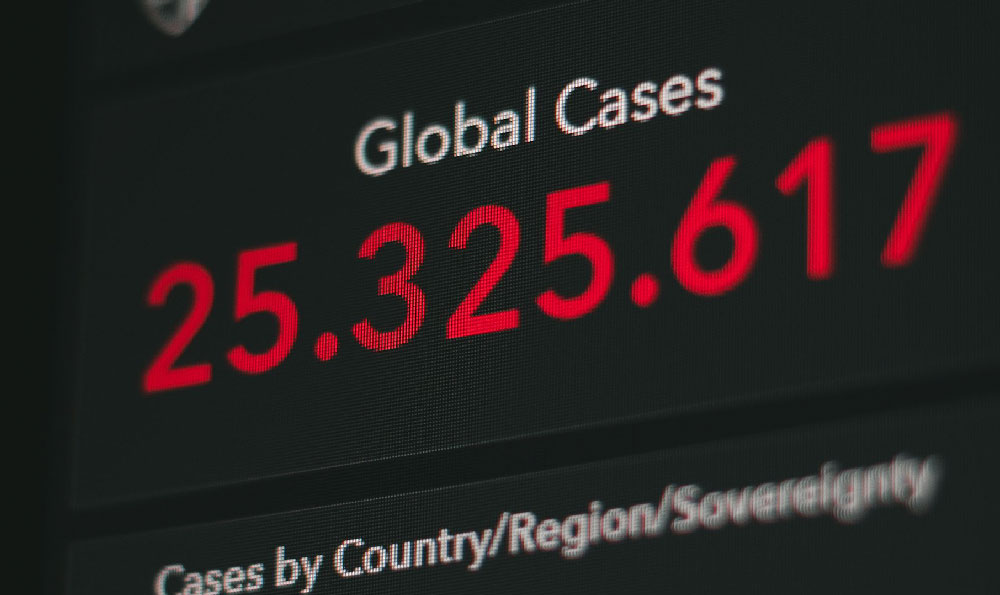The question of how much photographers earn is a multifaceted one, with answers varying significantly based on a complex interplay of factors. There's no single, universally applicable "average salary" figure that accurately captures the financial reality for all photographers. Instead, earnings depend heavily on specialization, experience, location, business acumen, and the ability to adapt to the ever-changing landscape of the visual media industry.
Let's start by acknowledging the broad spectrum of photographic careers. A wedding photographer in a high-demand market like New York City, charging premium rates for their services, is likely to earn considerably more than a freelance photojournalist working in a rural area, relying on infrequent assignments from smaller publications. Similarly, a staff photographer at a prestigious fashion magazine will likely command a higher salary than a portrait photographer running a small studio in a suburban town. These are just a few examples highlighting the diverse income potential within the field.
One of the most significant determinants of earning potential is specialization. Certain photography niches are simply more lucrative than others. For instance, commercial photography, particularly in areas like advertising, product photography, and corporate work, often offers higher rates compared to event photography or portraiture. This is because commercial clients typically have larger budgets and are willing to pay more for high-quality images that can directly impact their marketing and branding efforts. Fashion photography, especially for high-end brands and publications, can also be a highly rewarding field, but it's also incredibly competitive and requires a strong portfolio and established network.

Experience is another critical factor. Like in most professions, photographers' earning power tends to increase with time and expertise. A novice photographer just starting out might struggle to secure high-paying clients or command premium rates. However, as they build their portfolio, hone their skills, and gain a reputation for delivering exceptional work, their demand and earning potential typically rise. Experienced photographers often have a proven track record, a strong client base, and a refined artistic vision, allowing them to charge more for their services.
Location also plays a crucial role in determining a photographer's income. Photographers working in major metropolitan areas with thriving economies and a high demand for visual content generally have more opportunities and can command higher rates than those in smaller towns or rural areas. Cities like New York, Los Angeles, and London are hubs for creative industries and offer a wide range of photographic opportunities, from commercial shoots to editorial assignments. However, the higher cost of living in these cities must also be taken into consideration when evaluating the overall financial picture.
Beyond technical skill and artistic talent, business acumen is essential for photographers to thrive financially. Running a successful photography business requires strong marketing skills, effective client management, and a clear understanding of pricing and profitability. Photographers need to be able to promote their work, attract new clients, negotiate contracts, and manage their finances effectively. In today's digital age, having a strong online presence, including a professional website and active social media accounts, is crucial for reaching a wider audience and attracting potential clients.
The freelance nature of many photography jobs also adds a layer of complexity to income stability. Unlike salaried employees, freelance photographers often experience fluctuations in their income, with periods of high demand followed by slower periods. This requires careful financial planning and budgeting to ensure they can cover their expenses during lean times. Freelancers also need to factor in expenses such as equipment, insurance, marketing, and self-employment taxes, which can significantly impact their overall earnings.
The digital revolution has profoundly transformed the photography industry, creating both opportunities and challenges for photographers. The proliferation of digital cameras and editing software has lowered the barrier to entry, making it easier for aspiring photographers to enter the field. However, it has also increased competition and put downward pressure on prices. To succeed in this competitive environment, photographers need to differentiate themselves through their unique artistic vision, technical expertise, and strong business skills.
Furthermore, the rise of stock photography and online marketplaces has created new avenues for photographers to generate income. Stock photography allows photographers to license their images for commercial use, providing a passive income stream. Online marketplaces connect photographers with clients from around the world, expanding their reach and potential client base. However, it's important to carefully consider the terms and conditions of these platforms and ensure that they align with the photographer's business goals.
In conclusion, determining a precise "average salary" for photographers is nearly impossible due to the wide range of factors that influence earnings. While some sources might cite an average figure, it's crucial to recognize that this is just a general estimate and may not accurately reflect the reality for individual photographers. The key to financial success in photography lies in specializing in a high-demand niche, developing strong technical and artistic skills, building a solid portfolio, mastering business acumen, and adapting to the ever-evolving landscape of the visual media industry. By focusing on these key areas, photographers can increase their earning potential and build a sustainable and rewarding career. It's not just about taking great pictures; it's about building a successful business around your passion.












